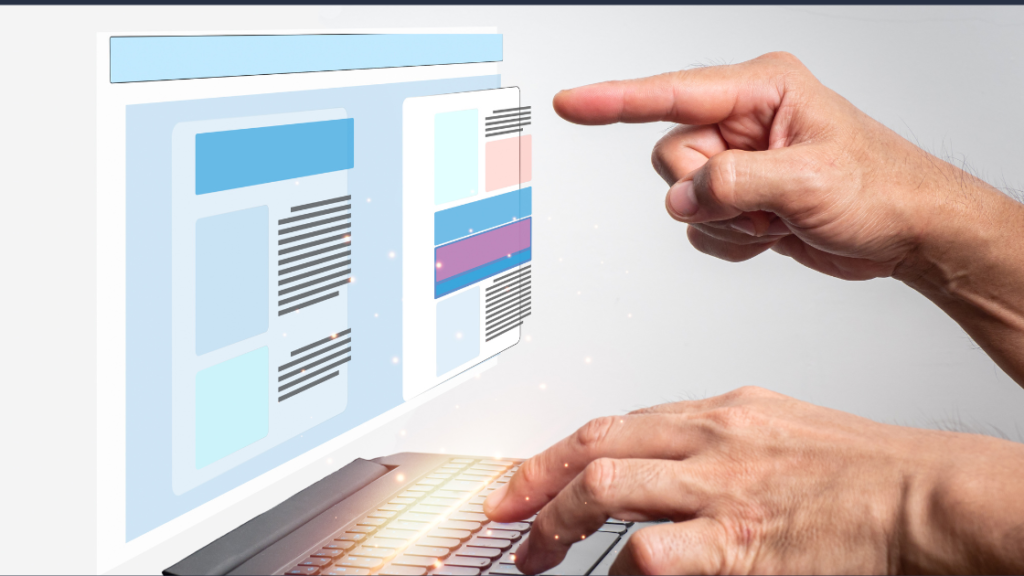Designing a website is an important task. The website’s design will determine how well it will convert visitors into customers. If you want to learn how to design a website that converts, you have come to the right place! In this guide, we will discuss tips and tricks to help you create a website designed for conversions. We will also provide resources to help you get started.
Customer Experience
First, you need to focus on user experience. You should ensure that your website is easy to navigate and understand. Ensure all the essential information is easily accessible and visible to the user. Additionally, ensure your site is responsive so it can use across various devices such as laptops, tablets, and smartphones.
Choose the Right Colors
Color is an integral part of a website’s design and affects how the user perceives your site. You should choose colors that will look good and provide a feeling of trustworthiness. Also, make sure to use contrasting colors on different elements to make them easy to distinguish.
Minimal choices
To make it easy for visitors to understand and use your website, you should limit their choices. Too many options can be overwhelming and will probably cause people to leave your site without acting. By modifying their preferences, you will make it easier for them to convert.
Use Engaging Visuals
Engaging visuals can help keep visitors on your website longer and increase their chances of converting. Use images, videos, and other visuals to draw attention and make it easier for visitors to understand your offer. Pictures and videos are an essential part of website design. They can help grab user’s attention, keep them engaged with your site, and encourage them to act. Make sure you use high-quality images and videos that accurately represent your brand.
A/B Testing
A/B testing is a fantastic way to evaluate different website designs and see which performs better. Through this process, you can identify the design elements that are most effective in improving conversions and make changes accordingly.
Analytics
Lastly, analytics can use to track user behavior on your website. Analytics can help you to understand how visitors interact with your website and identify areas that need improvement. By understanding the behavior of visitors, you can update your website design to improve conversion rates.

Clear Call to Action
Remember to include a clear call to action on your website. A call to action is an invitation for the visitor to act, such as signing up, making a purchase, or downloading something. Your call to the movement should be easy to understand and visible on your page.
Mobile Friendly designs
It is essential to make sure that your website is mobile-friendly. It means that it should optimize for smaller screens and touch devices. Additionally, the design should be responsive and look good on any mobile screen so visitors can have a great browsing experience no matter their device.
Easy Navigation
Easy navigation is critical to ensure visitors can find the information they want. Your website should have a clear structure and intuitive navigation so users can easily find what they need. Consider adding search bars and breadcrumbs to make it easier for people to explore your site.
Secure Website
Lastly, you should make sure that your website is secure. Security is essential in conversions, as people need to feel safe before acting. Use SSL security certificates and other measures to ensure your visitors’ personal information is safe and secure.
Highlight Testimonials
Highlighting testimonials on your website can also help to increase conversion rates. People tend to trust reviews and recommendations from other people when planning, so showing off positive testimonials is an effective way to build more trust and encourage more conversions. You can display testimonials on different areas of your website to draw attention.
Value Heat Maps
Regarding website design, you should also consider using value heat maps. These are fantastic ways to track user behavior and identify the areas of your website that are getting the most attention. By understanding how visitors interact with unique design elements, you can amend and improve conversion rates.
Value Directional Cues
Directional cues are visual indicators that help guide visitors in the right direction and encourage them to act. They can use to draw people’s attention to specific areas of your website, such as a signup form or call-to-action button. You can use arrows and directional cues in strategic places to increase visitors’ chances of acting.





